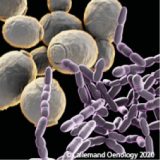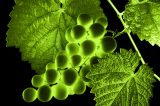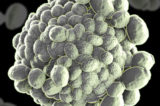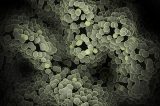Co-Inoculation
Co-inoculation is the practice of inoculating selected wine bacteria at the beginning of the winemaking process
shortly after yeast inoculation, usually 24 to 48 hours after yeast inoculation. This technique is advantageous because not only will it secure the malolactic fermentation (MLF), but also because there are definite advantages that are recognized by winemakers and professionals. For a successful co-inoculation, some parameters are crucial
for its success – choosing the right wine yeast, correctly rehydrated, good temperature management and the
proper yeast nutrition strategy are keys point to integrate for any fermentations. Well-fed and heathly wine yeast
and bacteria leads to complete and regular alcoholic and malolactic fermentations Based on 20 years of experiences, and from the results of many collaborations between Lallemand and research center from France, Spain, Italie, South Africa, Argentina and Germany has shown the benefits of co-inoculation with either Oenococcus oeni or Lactobacillus plantarum.
UI Bacteria #1 co inoculation Australia 2018




